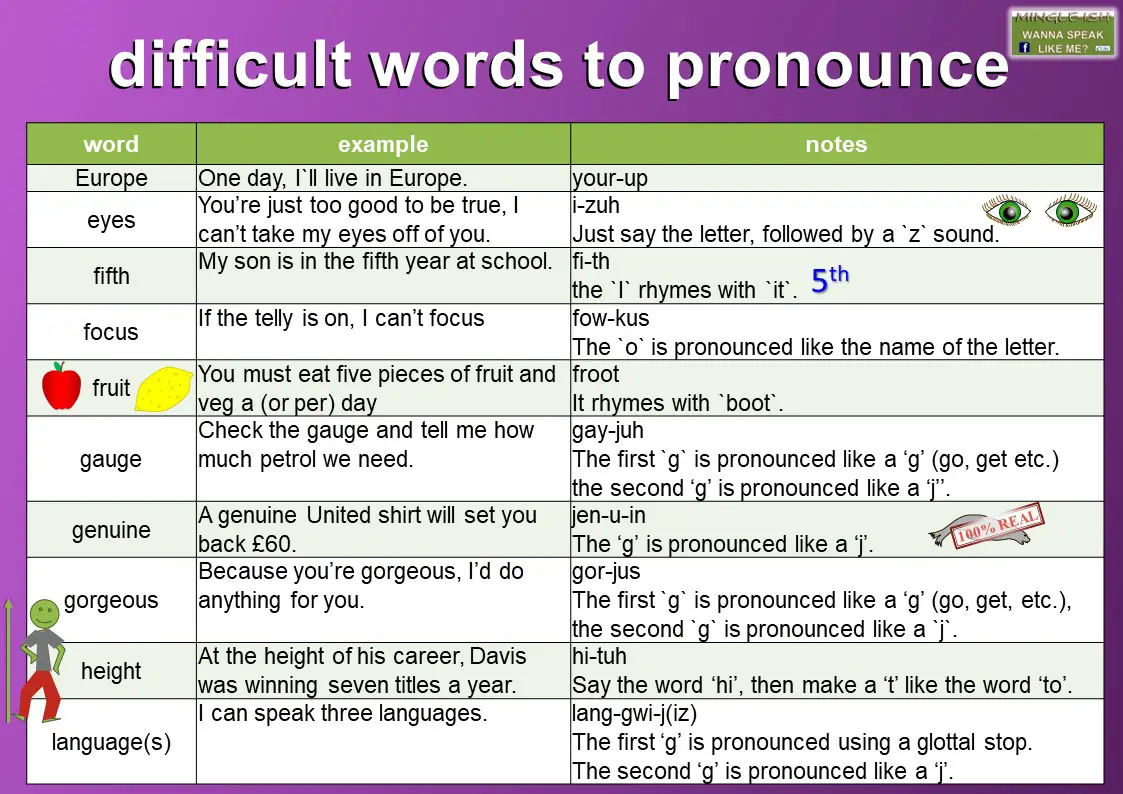

Dobson’s authoritative work English Pronunciation 1500-1700 notes that Queen Elizabeth herself did not pronounce the \t\, but that phonetically spelled lists made in the 17th century indicate that “the pronunciation without seems to have been avoided in careful speech.” In often, the \t\ came back via a spelling-influenced pronunciation in the 1600s, as both literacy and printing expanded rapidly in England. Listen is a bit different although the archaic verb list exists, listen comes from the Middle English listnen, and evidence is that \t\ after \s\ and before \n\ was not pronounced. Similarly, the medial \t\ in words like soften, hasten, and fasten was originally pronounced, as the -en was added to base words that were recognizable ( soft, haste, fast). Nevertheless, standard pronunciation seems to have followed the queen's example.

Henry Gillard Glindoni, "John Dee performing an experiment before Queen Elizabeth I." Though Queen Elizabeth did not pronounce the \t\ in 'often', most careful speakers in 17th century England did.


 0 kommentar(er)
0 kommentar(er)
